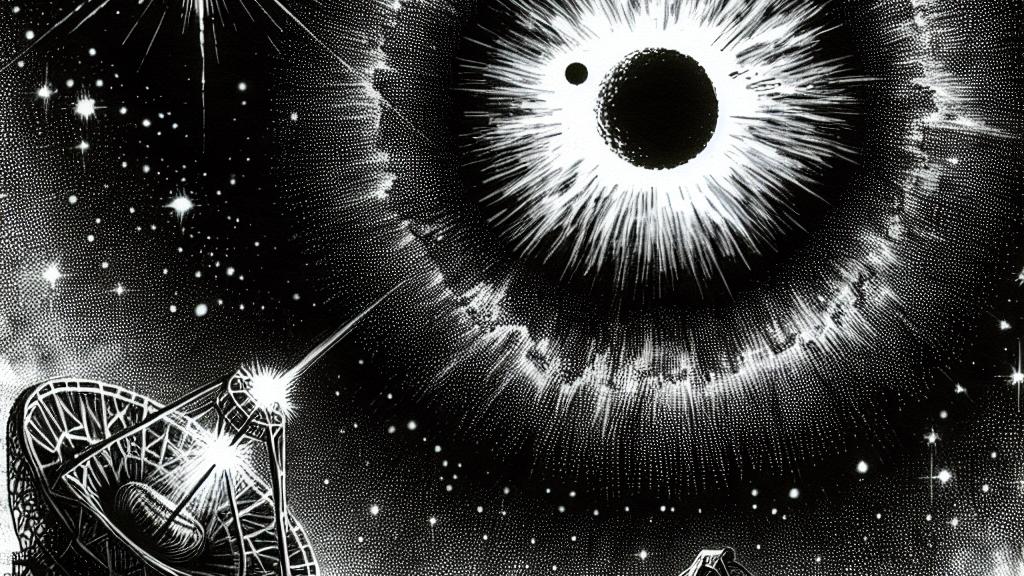Amazing Discovery of a Black Hole Swallowing a Star
Overview
- Astronomers recently detected a rare and dazzling cosmic burst, named CSS161010, caused by a black hole consuming a star.
- This spectacular explosion unfolded 500 million light-years away in a small galaxy, opening up numerous questions about cosmic phenomena.
- Detailed spectral analysis revealed remarkable features, strongly indicating the existence of an elusive intermediate-mass black hole.

A Cosmic Breakthrough in Astronomy
In an exciting development that has captured the attention of astronomers worldwide, a rare cosmic event called CSS161010 has been unveiled. Imagine a spectacular burst occurring a staggering 500 million light-years away, illuminating the cosmos with such brilliance that it peaked in brightness within just four days! Then, almost as quickly as it appeared, it dipped dramatically in brightness in a mere 2.5 days. Isn't that incredible? What makes this discovery even more thrilling is the hypothesis that this cosmic firework is linked to a small black hole voraciously gobbling a nearby star. This momentous finding not only serves as a significant milestone in astronomy but also adds layers of complexity to our understanding of cosmic explosions. To date, only about a dozen such rapid, luminous events have ever been documented. The Gran Telescopio Canarias and other advanced observatories played a crucial role in capturing this fleeting episode, revealing new insights and challenging old perceptions about the mechanics of the universe.
Unveiling the Nature of Black Holes
Black holes, with their mystique and allure, are not just the stuff of science fiction tales; they embody some of the most profound puzzles in the cosmos. Imagine a region where gravity is so powerful that even light cannot break free! Most black holes are formed when massive stars collapse after spectacular supernova explosions. However, the CSS161010 explosion introduces the intriguing possibility of an intermediate-mass black hole—an elusive category astronomers have struggled to pinpoint until now. The research team made a thrilling discovery: the released gas from this cosmic event displayed a strong blueshift, indicating it was racing toward us at astonishing speeds. This unexpected feature completely transforms our understanding of such cosmic explosions and hints at dynamic processes that surpass previous assumptions. With each observation, we draw closer to uncovering the universe’s hidden secrets, igniting wonder and excitement among scientists and space enthusiasts alike. As we delve into these extraordinary findings, we set the stage for a new chapter in the cosmic narrative, inspiring the next generation of astronomers eager to explore the mysteries of the universe.

Loading...